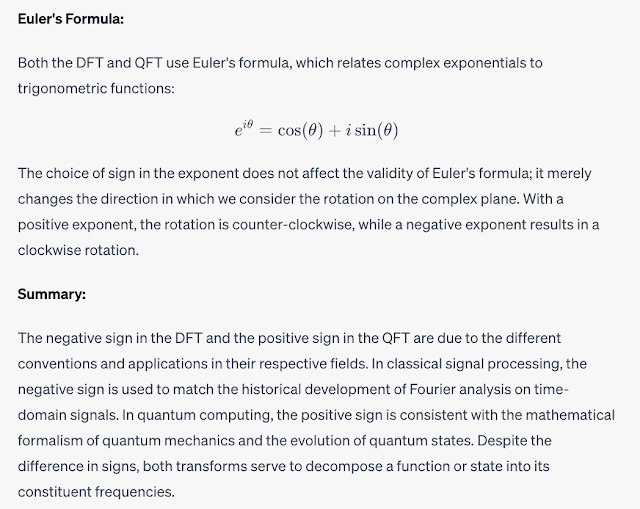Dynamic networks are networks that change over time, such as social networks, recommender systems, and epidemiological networks. Dynamic graphs are mathematical representations of dynamic networks, where nodes represent entities and edges represent interactions or relationships that vary over time. Dynamic graph neural networks (DGNNs) are machine learning models that can learn from dynamic graph data and perform various tasks, such as node classification, link prediction, and graph generation.
Epidemiological modeling is the process of using mathematical models to understand and predict the spread of infectious diseases, such as COVID-19. Epidemiological models can help inform public health policies and interventions to prevent or mitigate the impact of pandemics. One of the challenges of epidemiological modeling is to account for the complex and dynamic nature of human contact networks, which influence how diseases transmit among individuals and populations.
Dynamic network and dynamic graph can be used for epidemiological modeling in several ways. One way is to use dynamic graph data as input for DGNNs, and train them to learn the temporal and structural patterns of disease transmission. For example, 3 proposed an epidemiological neural network (ENN) that exploits dynamic graph structured data applied to the COVID-19 outbreak. The ENN uses a recurrent neural network (RNN) to capture the temporal evolution of the dynamic graph, and a graph convolutional network (GCN) to capture the spatial features of the nodes and edges. The ENN can predict the number of infected, recovered, and deceased cases at the node and graph level, as well as generate synthetic dynamic graphs that simulate the disease spread under different scenarios.
Another way is to use DGNNs to generate dynamic graphs that can be used as input for epidemiological models. For example, 1 surveyed several DGNN models that can generate dynamic graphs based on different objectives, such as preserving the graph properties, optimizing a reward function, or matching a target distribution. These models can be used to create realistic and diverse dynamic graphs that represent human contact networks, and then apply epidemiological models, such as the susceptible-infectious-recovered (SIR) model, to simulate the disease dynamics on these graphs. This can help evaluate the performance and robustness of different epidemiological models, as well as explore the effects of various factors, such as network structure, intervention strategies, and disease parameters, on the disease spread.




